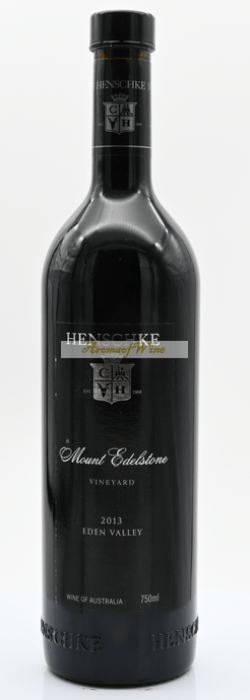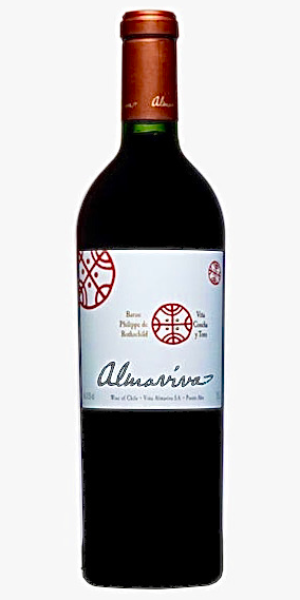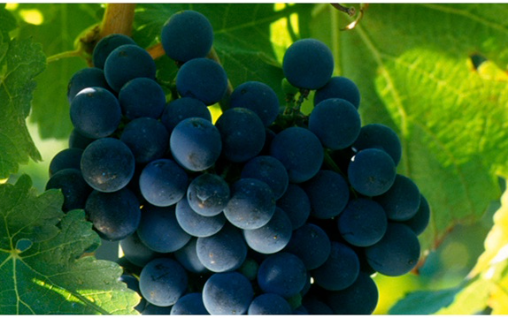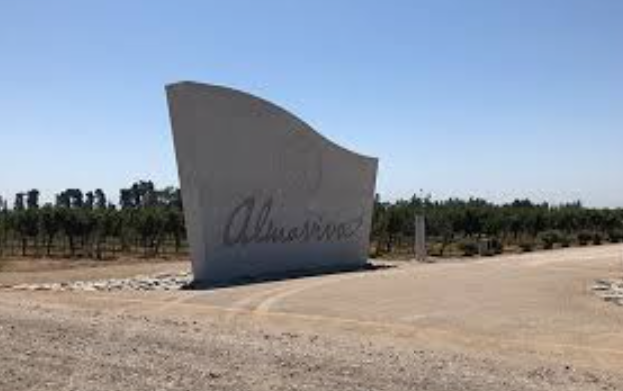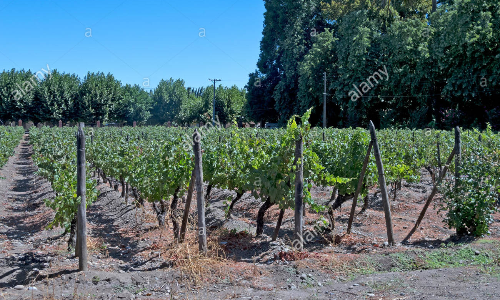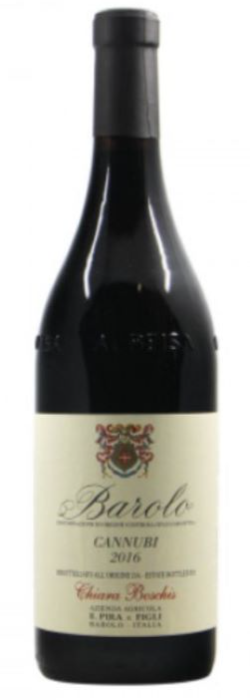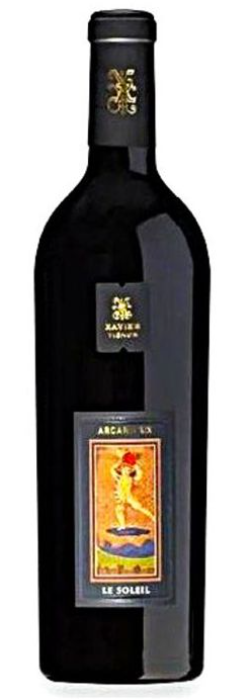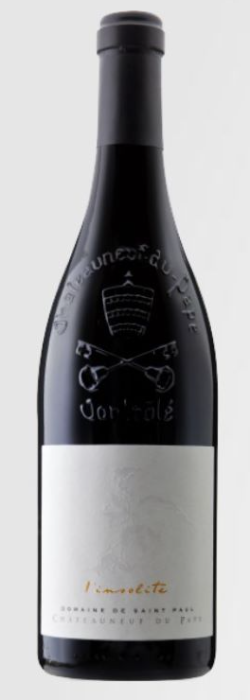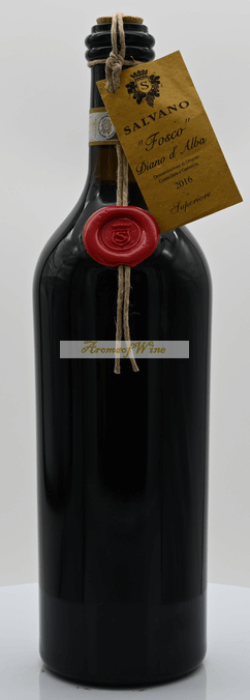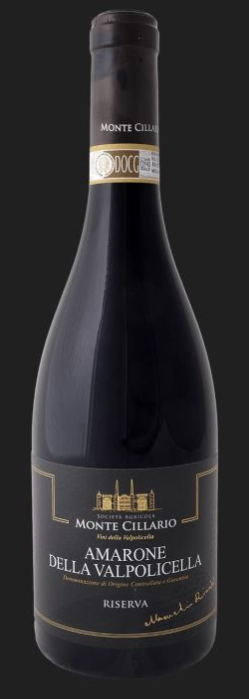- Aroma of Wine
-
Fine Wines
- Region
- Barossa Valley
- Bordeaux
- Bordeaux Saint-Emillon
- Bordeaux, Haut-Medoc
- Bordeaux, Lalande de Pomerol
- Bordeaux, Margaux
- Bordeaux, Medoc
- Bordeaux, Pauillac
- Bordeaux, Pessac-Leognan
- Bordeaux, Pomerol
- Bordeaux, Saint-Estephe
- Bordeaux, Saint-Julien
- Bordeaux, Sainte-Foy-Bordeaux
- Burgundy,
- Burgundy, Meursault
- Burgundy, Saint-Aubin
- California
- California, Alexander Valley
- California, Central Coast
- California, Napa Valley
- California, Paso Robles
- Castilla Y Leon
- Central Valley, Maipo Valley
- Central Valley, Maule Valley
- Chablis
- Champagne
- Chateauneuf Du Pape
- Coonawarra
- Cote De Rhone
- Eden Valley
- Emilia Romagna,
- Kentucky
- Margaret River
- Marlborough
- McLaren Vale
- Pays d'Oc
- Perdriel
- Pessac-Leognan
- Piedmont
- Prosecco, Treviso
- Puglia
- Puglia, Primitivo di Manduria
- Puglia, Salento
- Rhone, Chateauneuf-du-Pape
- Rioja Alavesa
- Saint-Julien
- Sicily, Sicilia
- South Australia
- South Australia, Barossa Valley
- South Australia, Eden Valley
- South Australia, Lenswood
- South Australia, McLaren Vale
- Southern France
- Toro
- Tuscany
- Tuscany, Bolgheri
- Umbria
- Veneto
- Victoria
- Western Australia
- Western Australia, Margaret River
- Region
- Aroma Selection
- Aroma Wine Partners
- Country
- Winery
- 47 Anno Domini
- Alma Rosa
- Altos de Rioja
- Austin Hope
- Baptista Heathcote
- Barossa Old Vine Company
- Barossa Old Vine Company Barossa Valley
- Bernard Defaix
- Bernard Magrez
- Bosquet Des Papes
- CLOS DE LA SERENITE
- Calmel & Joseph
- Casa Donoso
- Castelgiocondo (Frescobaldi) Brunello di Montalcino
- Castello Banfi
- Castello del Terriccio
- Castello di Roncade
- Caymus
- Chateau Angelus Saint-Emilion Grand Cru
- Chateau Batailley
- Chateau Bellefont-Belcier
- Chateau Branon
- Chateau Calon Segur Saint-Estephe
- Chateau Calon-Segur
- Chateau Confidence De Margaux
- Chateau Cos d'Estournel
- Chateau De Pitray
- Chateau Fombrauge
- Chateau Giscours
- Chateau Gloria Saint-Julien
- Chateau Grand Puy
- Chateau Haut Batailley
- Chateau Haut-Brion
- Chateau La Tour Carnet
- Chateau La Trielle De Candale
- Chateau Lafite Rothschild
- Chateau Lamothe-Bergeron
- Chateau Laroque Saint-Emilion Grand Cru
- Chateau Latour Pauillac
- Chateau Leoville Poyferre Saint-Julien
- Chateau Lynch Bages Pauillac
- Chateau Lynch Moussas
- Chateau Lys De Maisonneuve
- Chateau Margaux Margaux
- Chateau Martet
- Chateau Montrose
- Chateau Montrose Saint-Estephe
- Chateau Palias Cardinal
- Chateau Palmer Margaux
- Chateau Pape Clement Pessac-Leognan
- Chateau Pavie
- Chateau Pontet-Canet Pauillac
- Chateau Prieure-Lichine Margaux
- Chateau Talbot Saint-Julien
- Chateau Tertre De Viaud
- Chateau des Leotins
- Chris Ringland Barossa Valley
- Château Pape Clément
- Château Pichon-Longueville Comtesse de Lalande
- Clarendon Hills
- Cos d'Estournel
- Cos d'Estournel Saint-Estephe
- Cullen Margaret River
- Domaine Bernard Millot
- Domaine De Saint Paul
- Domaine Jaeger-Defaix
- Domaine Joannet
- Domaine La Haute Brande
- Domaine Schaller Camille & Laurent
- Domaine de la Janasse Chateauneuf-du-Pape
- Dominico Fraccaroli
- Dominus Napa Valley
- Ducru-Beaucaillou 2eme Cru Classe, Saint-Julien
- E. Pire Di Chiara Boschis
- Elderton Barossa Valley
- Enclos de Viaud
- Feudi Salentini
- Fratelli Vogadori Amarone della Valpolicella
- Frescobaldi
- G.D Vajra
- Gaja
- Gardet Champagne
- Giusti Wine
- Grant Burge Barossa Valley
- Henschke Eden Valley
- Hewitson Barossa Valley
- Hole in the Water
- Hope Family Wines Paso Robles
- Howard Park
- Il Poggione Brunello di Montalcino
- J. Lohr
- James Irvine Barossa Valley
- Joseph Phelps Vineyards
- Jules Taylor
- Katnook Coonawarra
- Konrad
- L&O Sicilia
- La Rioja Alta
- Lagarde Wine
- Lamborghini Treviso
- Lamborghini Wines
- Laurent Ponsot Bourgogne
- Liberty School
- M. Chapoutier Chateauneuf-du-Pape
- Maison Charmante
- Marchesi Antinori Srl
- Marilyn Wines
- Mark Herold
- Misc
- Mollydooker McLaren Vale
- Monte Cillario
- Montes Colchagua Valley
- Moss Wood Margaret River
- Mount Mary Vineyard Yarra Valley
- Navigator Spirits
- Oliverhill McLaren Vale
- Opus One Napa Valley
- Paydirt
- Penfolds
- Philippe Pacalet Saint-Aubin
- Pierrick Boulay
- Precision Wine Company
- Quintessa Rutherford
- R&G Rolland Galarreta
- Salvano Barbera d'Alba
- Salvano Vini
- Santavinea Toscana
- Seña, Mondavi & Chadwick
- Tenuta Campo al Mare
- Tenuta Del Cabreo
- Tenuta Di Nozzole
- Tenuta La Fuga
- Tenuta San Guido Bolgheri
- Tenute Salvaterra Valpolicella
- The Colonial Estate Barossa
- The Colonial Estate Barossa Valley
- Torbreck Barossa Valley
- Treana Winery
- Tres Reyes
- Trimbach
- Two Hands Barossa Valley
- Umberto Cesari
- Umberto Cesari Romagna
- Umberto Cesari Rubicone
- Villa Fura Amarone della Valpolicella
- Vina Almaviva
- Warrenmang Pyrenees
- Wild Duck Creek Estate Heathcote
- Xavier Vignon
- Yerinberg Yarra Valley
- d'Arenberg McLaren Vale
- Appellation
- Barsac
- Bolgheri
- Bordeaux
- Bordeaux Margaux
- Bordeaux Pauillac
- Bordeaux Saint-Emillon
- California
- Chablis
- Chateauneuf Du Pape
- Cote du Rhone Villages
- Crozes Hermitage
- DOC
- Fronsac
- Gigondas
- Graves
- Haut-Medoc
- Haute Cotes De Nuits
- IGT
- Listrac
- Margaux
- Maule Valley
- Pays D'Oc
- Pessac-Leognan
- Pommard
- Sainte-Foy Côtes de Bordeaux
- Supertuscan
- Toro
- Valpolicella
- Volnay
-
En Premier
- Year
- Winery
- Chateau Batailley
- Chateau Branon
- Chateau Calon Segur Saint-Estephe
- Chateau Calon-Segur
- Chateau Cos d'Estournel
- Chateau Giscours
- Chateau Haut-Brion
- Chateau Lafite Rothschild
- Chateau Latour Pauillac
- Chateau Lynch Bages Pauillac
- Chateau Margaux Margaux
- Chateau Montrose
- Chateau Palmer Margaux
- Chateau Pavie
- Chateau Pontet-Canet Pauillac
- Chateau Talbot Saint-Julien
- Château Pape Clément
- Cos d'Estournel Saint-Estephe
- Wine Name
- Spirits
- Sommelier Services
- Go to Cart
- Login/Registration

